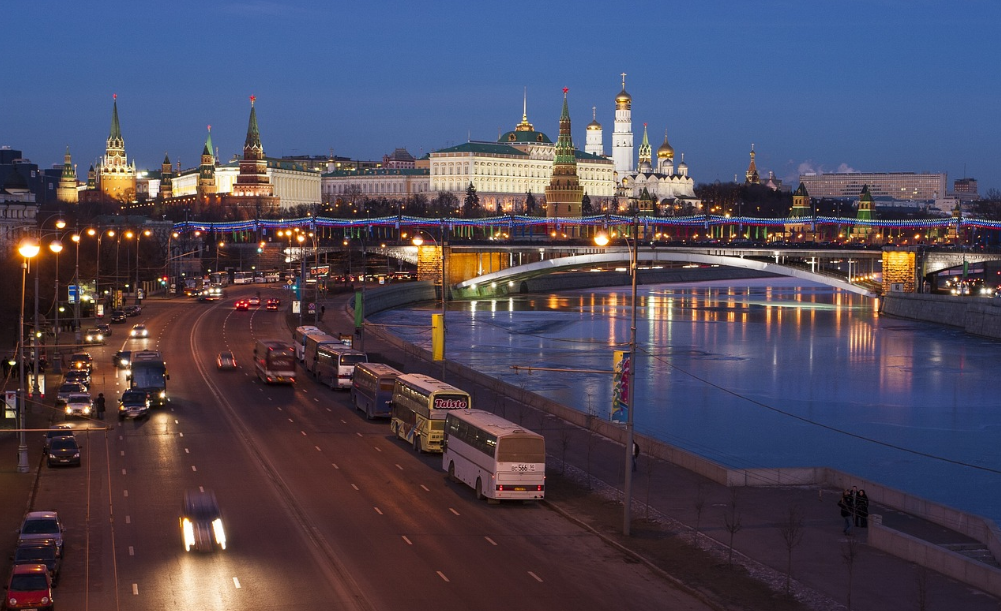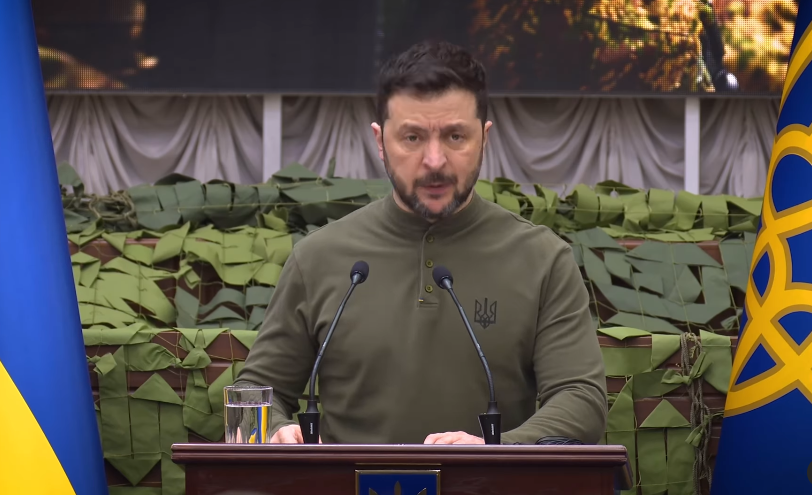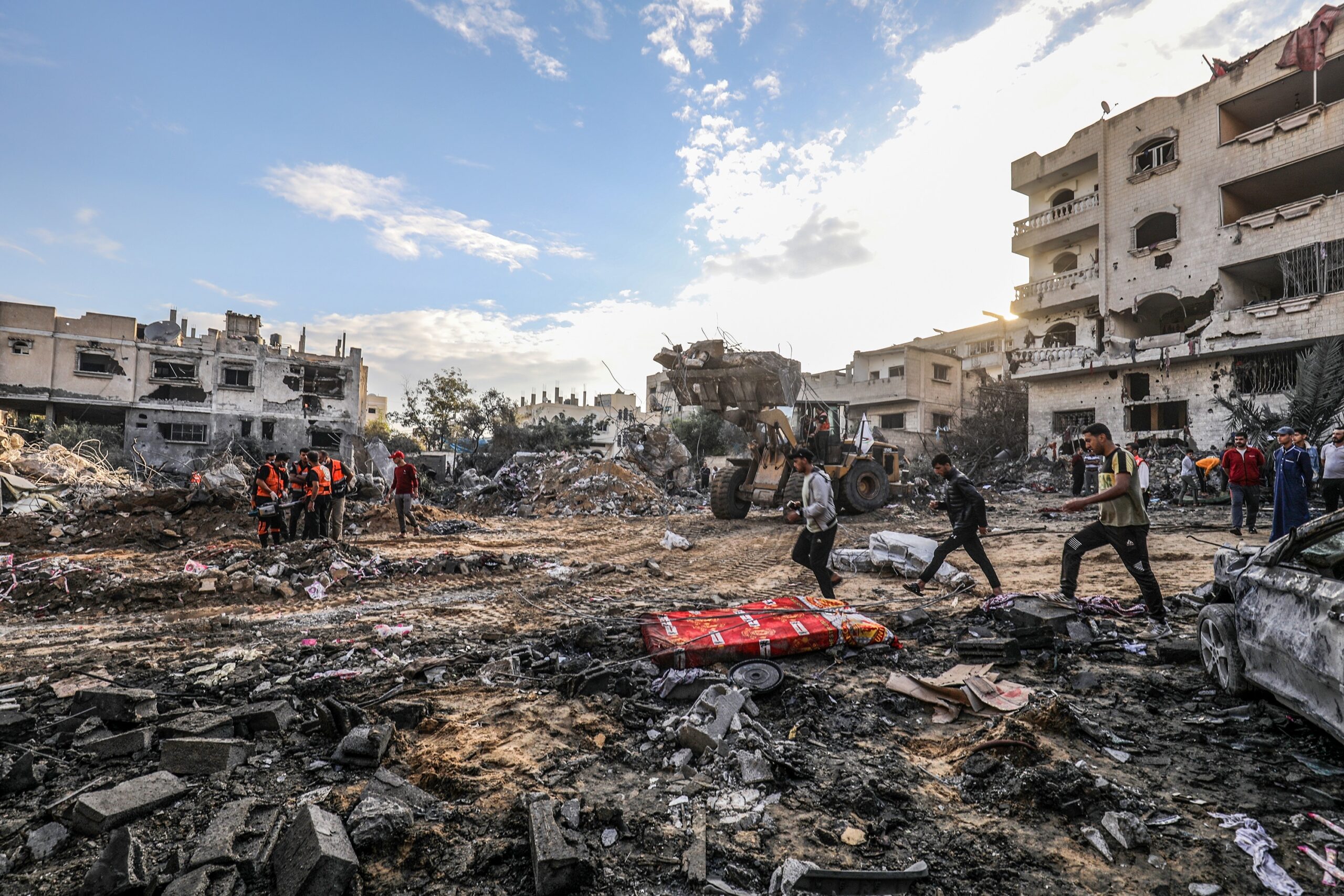[ad_1]
SANTA ROSA, Calif. (Reuters) – Glimpses of blue skies gave hope on Sunday to firefighters battling the deadliest wildfires in California history, which have killed at least 40 people and reduced whole neighborhoods in the state’s wine country to ash.
Two of the three deadliest blazes were more than half contained by Sunday, making it safe enough for law enforcement to begin inspecting some evacuated areas in hard-hit Sonoma County, according to the county sheriff’s office.
Only after those inspections were complete would they begin to decide when it would be safe for residents whose homes were not among the 5,700 structures destroyed by more than a dozen separate wildfires, which ignited a week ago and have since consumed an area larger than New York City.
“The skies are blue,” Don Martini, a 69-year-old retired carpenter, said after waking up at the Sonoma Raceway campgrounds, where he had spent the previous four days with only smoke and smog overhead. “I haven’t seen a blue sky since this whole thing started.”
Some at the raceway evacuation center hoped to return to their homes on Sunday.
But the fast-moving fires north of San Francisco remained a danger, with thousands more people ordered to leave their homes on Saturday as the death toll crept upward. Hundreds of people remain unaccounted for, and entire neighborhoods have been turned to ashes.
Some 11,000 firefighters supported by air tankers and helicopters battled fires that have consumed more than 217,000 acres (88,000 hectares).
There were cautious words of relief as firefighters gained control of two of the deadliest fires overnight in wine country’s Napa and Sonoma counties: The Tubbs fire was 60 percent contained and the and Atlas fire 56 percent contained, the California Department of Forestry and Fire Protection said in its Sunday morning advisory. But barely a third of the Redwood Valley fire, which alone is responsible for eight deaths in nearby Mendocino county, was extinguished.
CalFire said on Sunday that firefighters had “made good progress towards the containment” of the deadly blazes.
The weather was helping somewhat: Strong winds that had fanned flames had largely died down, but dry gusts would still whip up in the area on Sunday, the National Weather Service said. No rain was forecast to fall on the fires until Wednesday or later.
The 40 confirmed fatalities, including 22 in Sonoma County, make the fires California’s deadliest since recordkeeping began, surpassing the 29 deaths from the Griffith Park fire of 1933 in Los Angeles.
Some victims were asleep when flames engulfed their homes. Others were unable to escape as 50-mile-per-hour (80-km-per-hour) winds drove the fire faster than they could flee.
With 235 people still missing on Saturday in Sonoma County alone and rubble from thousands of incinerated dwellings yet to be searched, authorities expect the death toll to climb.
About 75,000 people remain displaced. The fires have damaged or destroyed about 5,700 structures.
California Governor Jerry Brown, who toured the Santa Rosa devastation on Saturday, called it “truly one of the greatest tragedies” to ever befall the state.
At least a dozen Napa Valley and Sonoma County wineries were damaged or destroyed, throwing the state’s wine industry and related tourism into disarray.
Firefighters from Oregon, Washington, Arizona, Colorado, Nevada and Utah are helping battle the blazes.
Cal Fire estimated the fires would be contained by Oct. 20.
The year’s wildfire season is one of the worst in the country’s history, with nearly 8.6 million acres burned as of Oct. 13, according to the National Interagency Fire Center. The worst on record for the same period in a year was 9.3 million acres in 2015.
Additional reporting by Heather Somerville in Santa Rosa and Jonathan Allen in New York; Writing by Jon Herskovitz and Chris Michaud; Editing by Andrew Hay and Steve Orlofsky
[ad_2]
Source link






Leave a Reply